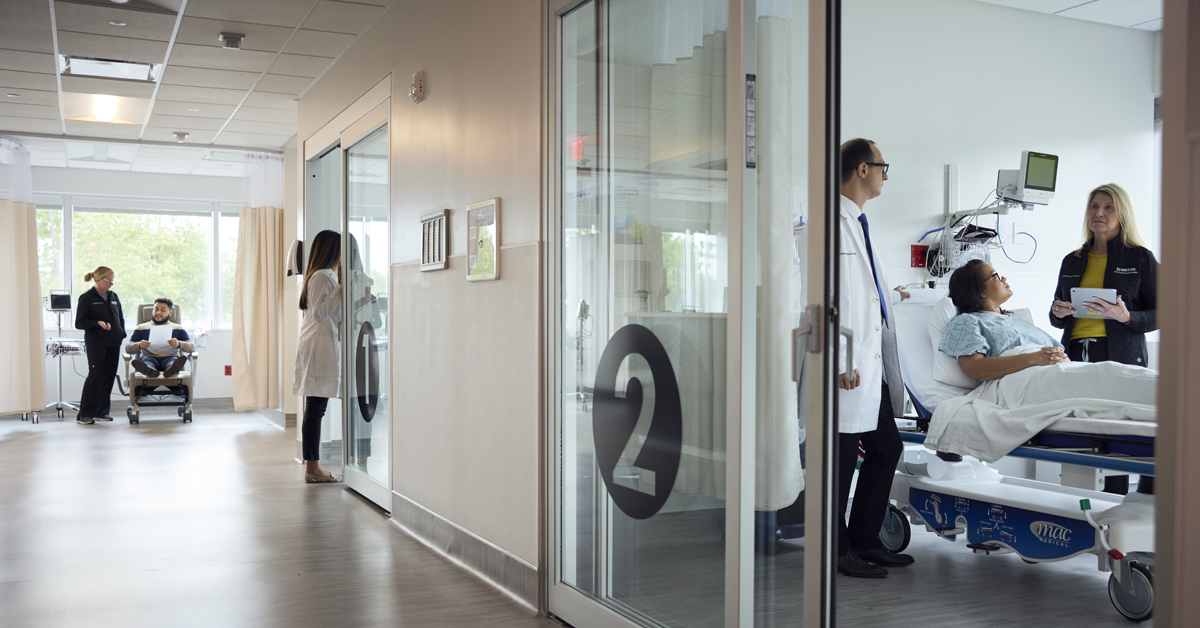Disc Extrusion: What You Should Know

Back pain will affect millions of people this year, and many people will seek care from a physiatrist or neurosurgeon to get a diagnosis and treatment plan. If you suffer from back pain, you may have encountered the medical term disc extrusion.
Disc extrusion is a condition that affects the discs located between the spinal bones. To fully understand this, it’s important to understand some essential terms related to your spine’s anatomy.
1. The Vertebrae
The spine is made up of a series of bones called vertebrae, which protect the spinal cord.
2. The Spinal Discs
A cushion-like structure known as an intervertebral disc lies between each pair of vertebrae. These discs act as shock absorbers, providing flexibility and allowing the spine to bend and move. If these discs become worn or injured, certain conditions can arise, such as:
- Disc Herniation: This happens when the soft inner material of a spinal disc pushes through its tough outer layer, extending beyond the disc’s normal boundaries. When the protruded material is wider at the base than at the tip, it’s called a herniation. Disc herniation is sometimes referred to as a slipped or ruptured disc.
- Disc Extrusion: This is a more severe form of disc herniation, where the inner disc material pushes through the outer layer. In this case, the part that bulges out is wider at the tip than at the base.
Causes of Disc Extrusion
Disc extrusion can result from various factors, including:
- Age: Age-related wear and tear of spinal discs can cause them to weaken and become more susceptible to damage.
- Trauma or injury: Trauma or injury to the spine from lifting heavy objects improperly or experiencing a sudden impact.
- Repetitive spinal stress: Occupations or activities that involve frequent bending, lifting, or twisting can cause repetitive stress to the discs.
- Genetic predisposition: You may have a family history of disc problems.
Symptoms of Disc Extrusion
The symptoms can vary based on the affected disc’s location and the degree to which the spinal nerves are pinched or compressed. Common symptoms include:
- Pain: Pain can be sharp, persistent, or nagging and frequently radiates to the buttocks and legs if the affected disc is in the lower back.
- Numbness: If the extruded disc material presses on nearby nerves, it can lead to symptoms such as numbness, tingling, or weakness in the arms or legs. The medical term for this is radiculopathy.
- Bowel or Bladder Dysfunction: In serious cases where disc extrusion severely compresses the spinal cord, it may lead to bowel or bladder dysfunction. This situation requires immediate medical attention.
Diagnosing Disc Extrusion
Disc extrusion is typically diagnosed through a combination of medical history evaluation, physical examination, and advanced imaging studies.
Imaging tests like MRI or CT scans are often used to confirm the diagnosis, as they can provide detailed images of the spine’s structure, revealing the presence and extent of disc extrusion and its impact on surrounding tissues.
Treatment Options for Disc Extrusion
Managing this depends on the severity of your symptoms and overall health. Treatment options are similar to those of disc herniation treatment and may include:
- Conservative Therapy: Initially, your doctor might suggest rest, physical therapy, pain management, or anti-inflammatory medications to ease symptoms and support the healing process.
- Steroid Injections: In cases of significant nerve compression and pain, steroid injections may reduce and relieve inflammation.
- Surgery: Surgical intervention may be necessary when conservative treatments fail or when there are signs of progressive nerve damage. The surgical procedure may involve removing the extruded disc material and stabilizing the spine.
Get Relief from Disc Extrusion
If you think you might be dealing with disc extrusion or if you’ve been experiencing ongoing back discomfort, it’s time to see a specialist.
Prompt identification and personalized treatment, whether it’s non-invasive or surgical, can improve your pain and get you back to enjoying your favorite activities.
Don’t continue to live with disc extrusion — schedule an appointment today!

